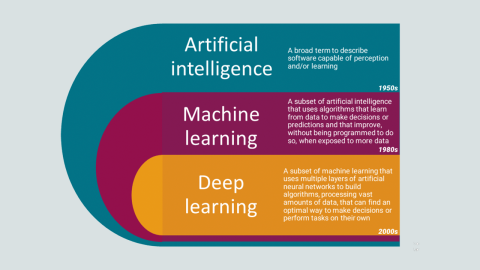In our October 2018 report, A mission-critical industry unprepared for climate change, Uptime Institute Intelligence urged data center operators and owners to plan for the effects of climate change. We specifically encouraged data center owners and…

Intelligence Team
Drawing on deep practical expertise and research experience over more than 30 years, and a global network of clients, partners, and associates, our team is able to examine the design, operation, and economics of mission-critical infrastructure, the disruptive promise of innovation, and the practical realities of day-to-day management.
research@uptimeinstitute.com
Latest Research
An Uptime Institute Network member and a battery vendor wanted to know: Can you have lithium-ion (Li-ion) batteries in a Tier IV-Certified data center? The member noted Li-ion fires are very difficult to extinguish, citing the FM Global…
A furious — but late — response to the National Fire Protection Association’s (NFPA’s) proposed standard 855, Standard for the Installation of Stationary Energy Storage, should put the whole data center industry on notice that it needs to increase…
In a recent presentation at the Energy Smart conference in Stockholm, Gary Cook, the Greenpeace activist who has tracked data center carbon emissions for a decade, showed a slide of logos, indicating companies that have made a commitment to use 100…
Artificial intelligence (AI) is being used in data centers to drive up efficiencies and drive down risks and costs. But it also creates new types of risks. This is one of the findings from Uptime Intelligence research report 25, Very smart data…
The increasing adoption of AI signals the beginning of a major shift in how data centers will be managed and operated. This Uptime Institute Intelligence report overviews data center AI technology and its requirements, use cases, risks and costs.
The public cloud is dampening demand for data center capacity and leading to closures, consolidation and a big rethink on data center ownership. Right? Not quite, according to the latest Uptime Intelligence research. In enterprise and colocation…
Sometimes it can be hard to get people to talk about their issues — other times, it can be hard to keep them quiet. A recent Uptime Institute Network member’s meeting began as an open discussion but was soon dominated by one issue: staffing. The…
The adoption of virtualization and software containers, and the use of public cloud have been in full swing for some time. What effect is this having on data center capacity and density? How should operators build this into their demand forecasting…
Most data center operators have failed to carry out an up-to-date risk assessment to prepare for hitherto unlikely events and gradual changes caused by climate change. As a result, their facilities and businesses may be vulnerable as the threat…
A major retailer applied FORCSS to evaluate three IT infrastructure options, with the end result that it moved from a traditional platform to a cloud-based SaaS delivery system.
While only 18% of Uptime Institute Data Center survey respondents rely solely on a water-based system, Uptime Institute believes that a nitrogen-charged, dry-pipe or preaction, water-based solution is the most appropriate fire suppression system in…
According to a new Uptime Institute survey of consultants, engineers, and vendors, the industry should be preparing for a smart, automated, and complex future. Early adopters are pointing the way.
A new book, Meltdown by Chris Clearfield and András Tilcsik, provides an explanation for the source of systems errors. Like Uptime Institute, the authors attribute human error to management mistakes, but they also offer a number of innovative…
For the better part of a decade, operators have agonized over how to reduce energy waste. By and large, they have succeeded–the average PUE, the industry’s most common infrastructure efficiency metric, was a record low in this year ’s survey. Yet…













